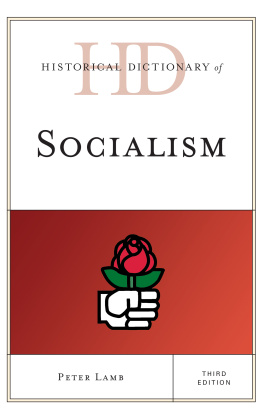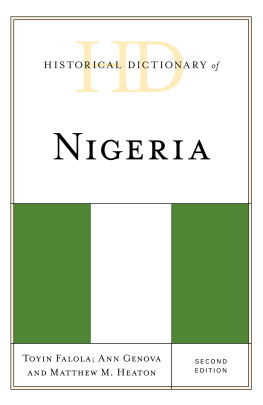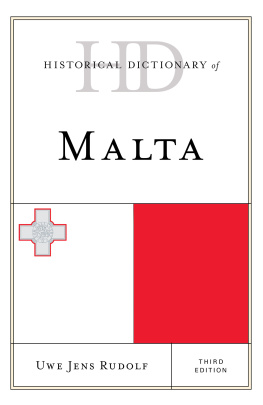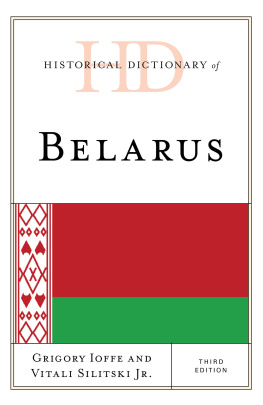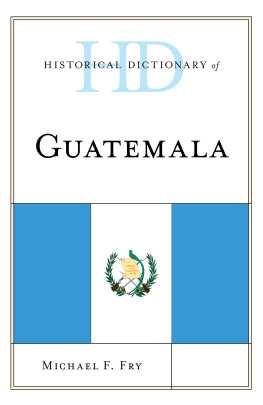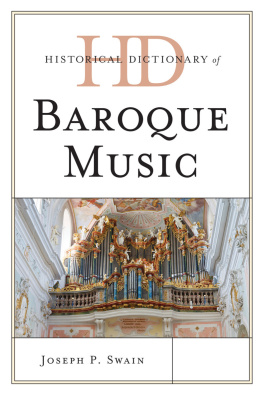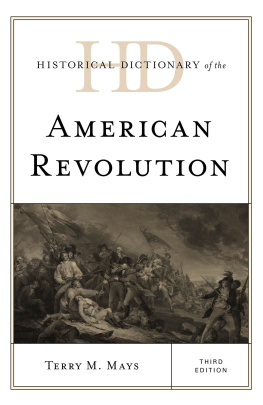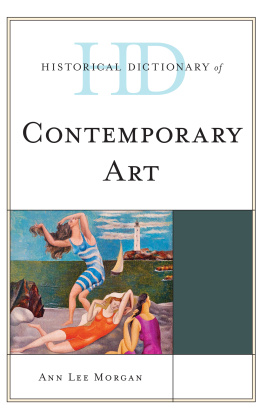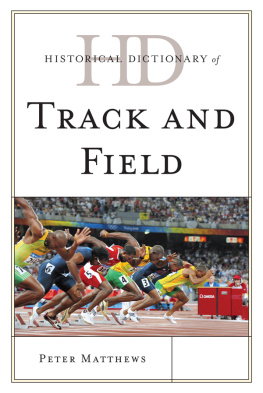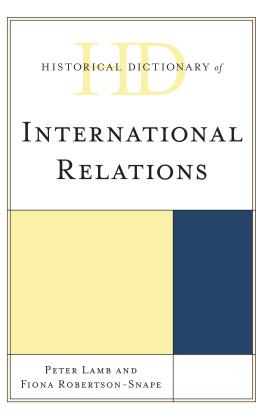Peter F. Klarén - Historical Dictionary of Peru
Here you can read online Peter F. Klarén - Historical Dictionary of Peru full text of the book (entire story) in english for free. Download pdf and epub, get meaning, cover and reviews about this ebook. year: 2019, publisher: Rowman & Littlefield Publishers, genre: Politics. Description of the work, (preface) as well as reviews are available. Best literature library LitArk.com created for fans of good reading and offers a wide selection of genres:
Romance novel
Science fiction
Adventure
Detective
Science
History
Home and family
Prose
Art
Politics
Computer
Non-fiction
Religion
Business
Children
Humor
Choose a favorite category and find really read worthwhile books. Enjoy immersion in the world of imagination, feel the emotions of the characters or learn something new for yourself, make an fascinating discovery.

- Book:Historical Dictionary of Peru
- Author:
- Publisher:Rowman & Littlefield Publishers
- Genre:
- Year:2019
- Rating:4 / 5
- Favourites:Add to favourites
- Your mark:
- 80
- 1
- 2
- 3
- 4
- 5
Historical Dictionary of Peru: summary, description and annotation
We offer to read an annotation, description, summary or preface (depends on what the author of the book "Historical Dictionary of Peru" wrote himself). If you haven't found the necessary information about the book — write in the comments, we will try to find it.
Historical Dictionary of Peru — read online for free the complete book (whole text) full work
Below is the text of the book, divided by pages. System saving the place of the last page read, allows you to conveniently read the book "Historical Dictionary of Peru" online for free, without having to search again every time where you left off. Put a bookmark, and you can go to the page where you finished reading at any time.
Font size:
Interval:
Bookmark:
ABASCAL Y SOUZA, JOS FERNANDO (17431821). Viceroy from 1806 to 1816. Abascal had a military background and ruled with an iron fist, repressing various conspiracies and defeating early independence movements in Chile , Ecuador , and Upper Peru. He is also known for obstructing implementation of the liberal 1812 constitution of Cadiz, which attempted to give some representation to the Spanish colonies in America.
ABORTION. Abortion is illegal and has been since 1924, with the exception of a threat to the life of the mother. Women who receive an abortion can receive up to two years in prison , while a person who performs an abortion can be sentenced from one to six years in prison. Various feminist organizations are currently pushing for abortion to be legalized as a womens right . See also .
ABRIL, XAVIER (19051990). Poet and critic. Born in Lima , Abril became a leading figure in the avant-garde movement from the mid-1920s, helping to introduce surrealism and modernism in Peru and elsewhere in Latin America. He was also a contributor of poetry and criticism to Amauta , the leading cultural journal in Peru at the time. In 1986 Abril won the Premio Nacional en Literatura. See also .
ABUSADA, ROBERTO (1946). Economist. Abusada is one of the leading authorities on Perus economic and financial development. He has played key roles in various governments since the 1970s, including the Central Bank in the 1990s. Abusada founded and is director of the Instituto Peruano de Economa (IPE), one of the most important think tanks in the country, dedicated to economic policy, competitiveness, and reform.
Abusada received a bachelors degree from the Pontifica Universidad Catlica del Peru (PUCP) and a Ph.D. from Cornell University. He has taught at PUCP and the Universidad del Pacfico, as well as at Boston University, and he serves on the boards of companies in the infrastructure and energy sectors. He has been adviser to three economic ministers and served as deputy minister of commerce, a presidential adviser, and a member of the board of directors of the Central Bank. He is also the author of several books on Perus economy . See also .
ACADEMIA CONCHA. A prominent art academy during the 1920s which, along with the Museo de Historia, made possible the Escuela Nacional de Bellas Artes (1919). All three institutions fostered local painters who made a formal break with academic painting, producing paintings depicting local landscapes and objects of domestic decoration during the 1920s. This was a period of general renovation and innovation largely propelled by provincial artists, writers, and scholars who were born in different regions of the country and who migrated to Lima in the 1910s and 1920s. See also .
ACCIN POPULAR (AP). The political party founded in 1956 by Fernando Belande Terry as a reformist alternative to the Alianza Popular Revolucionaria Americana (APRA) and status quo conservative parties. It became the political vehicle for Belande to win the presidency in 1963, appealing to a new reform-minded generation of middle-class professionals and white-collar workers who viewed APRA as outmoded and too conservative.
With the shift to the left by the electorate in the 1980s, however, AP was viewed as a more center-right party. It became part of the conservative coalition behind the unsuccessful presidential candidacy of Mario Vargas Llosa in 1990. After the fall of President Alberto Fujimori in 2000, AP reemerged the following year under its successful presidential candidate Alejandro Toledo . AP continues to be a factor in contemporary politics. See also .
ACCOMARCA MASSACRE. Army massacre of peasants in the Andean village of Accomarca in August 1985 during the war against the Shining Path (SP) guerrilla movement. See also .
ACOSTA, JOS DE (15401600). Spanish Jesuit historian. Born in Medina del Campo, the young Jesuit came to Peru in 1571 and lived there for 14 years and then in Mexico for one year before returning to Spain in 1587. He wrote the Historia natural y moral de las Indias (1590), which was widely read and enjoyed immediate success in Spain. In it he described in great detail the Andean and American world, its nature, indigenous religions, cultures, and government. His Historia is considered a classic of 16th-century New World historiography. See also .
ACTA DE TALARA. Agreement between the government of President Fernando Belande Terry and the International Petroleum Company (IPC) in August 1968. IPC had gained tax-free concessions and the subsoil rights to the La Brea and Parinas oil fields in Piura from the government of President Augusto B . Legua in 1922. In the face of intense pressures to nationalize the company during the Belande presidency, IPC agreed to renounce its subsoil rights and its installations at La Brea and Parias oil fields to the Empresa Petrleo Fiscales (EPF), the state-controlled petroleum company.
In return IPC would pay no back taxes long demanded by nationalists and received Belandes assurance that EPF would sell 80 percent of the crude oil that it extracted from the ceded fields to IPC for refining and distribution by the company for the next 40 years. Critics, however, claimed that the price the company agreed to pay for the crude oil was too low, a claim that gained credibility when page 11 of the agreement, establishing a minimum price, went missing. The ensuing controversy contributed to Belandes removal in a military coup a month later. See also .
ACUERDO NACIONAL (AN). After the resignation of President Alberto Fujimori in 2000, an important attempt was made during the next few years to construct a national accord through a dialogue among the main political parties , civil society , and business organizations (including lobbying groups, non - governmental organizations [NGOs], churches, regional groups, and the like) to reform government and reestablish basic democratic norms. Its mandate was to make recommendations for long-term policies in four key areas: democratic governance, promotion of a competitive economy , equity and social justice, and the building of state transparency and efficiency. Members of the AN produced a document during the administration of President Alejandro Toledo containing recommendations for reform over the medium and longer term and contributed to the consensus achieved with the enactment of the Law of Political Parties unanimously approved by Congress in 2001. See also .
ACURIO, GASTON (1967). Famous chef and ambassador of Peruvian cuisine . Born in Lima to a career politician, Acurio studied at Le Cordon Bleu in Paris. He is one of the founding members of the Leche de Tigre Gang, a group of Lima chefs whose goal is to promote the countrys cuisine around the world. The owner of restaurants in several countries, the author of several books, and host of his own television program, Acurio is generally credited with being one of the main developers of the cosina novoandina . See also .
ADN, MARTIN (19081985). Poet. Born in Lima , Adn is widely considered Perus greatest poet after Csar Vallejo . Adn came to prominence in the late 1920s during the avant-garde generation of poets. He later abandoned the avant-garde for a more traditionalist, but complex approach. One of the great achievements of Adns poetry, according to Higgins (1987), is that it encompasses and communicates the dynamism and disorder of life of the emotions within an artistic order of rigorous formal perfection (237). See also .
ADMINISTRADORAS DE FONDOS DE PENSIONES (AFPs). See .
ADUANA. Customs administration. It is one of the oldest institutions in Peru whose general activities have included the control and levying of taxes for revenue purposes on goods that enter and exit the country. Long notorious for corruption and inefficiency, the customs administration was totally reformed and modernized by a series of laws between 1990 and 1994 during the regime of President Alberto Fujimori . Indeed, it is now considered a model of efficiency and modernity, being only the second customs administration in the world to receive the rating of 9,000 by the International Organization for Standardization (ISO). The aduana is a decentralized, that is an autonomous, public institution under the aegis of the Ministry of Economy and Finance . See also .
Font size:
Interval:
Bookmark:
Similar books «Historical Dictionary of Peru»
Look at similar books to Historical Dictionary of Peru. We have selected literature similar in name and meaning in the hope of providing readers with more options to find new, interesting, not yet read works.
Discussion, reviews of the book Historical Dictionary of Peru and just readers' own opinions. Leave your comments, write what you think about the work, its meaning or the main characters. Specify what exactly you liked and what you didn't like, and why you think so.

